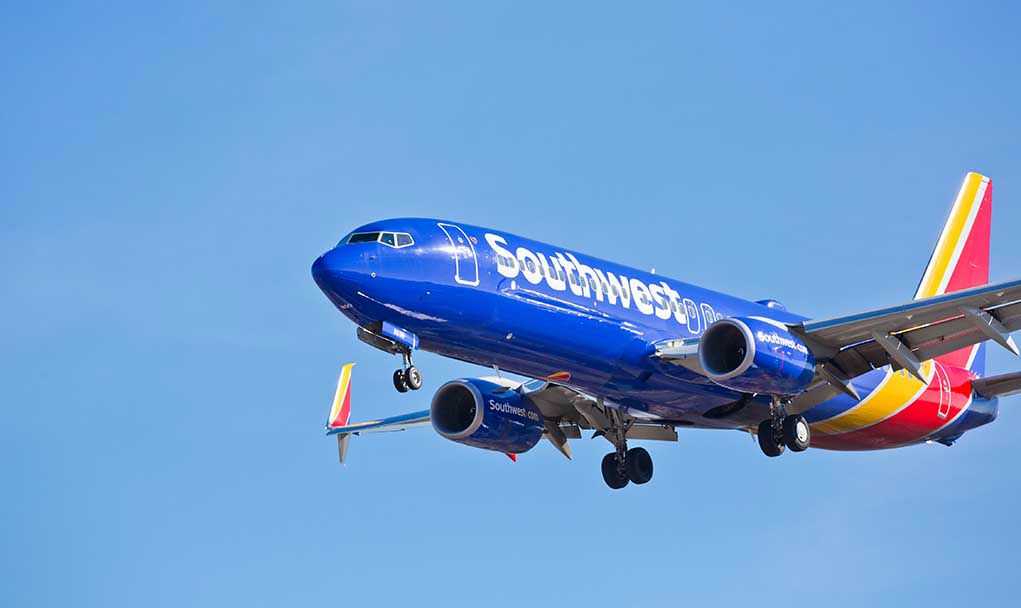
Southwest Airlines is finally buckling under the pressure of modernity, ditching its 52-year-old open seating policy—will this change the way you fly?
At a Glance
- Southwest Airlines will implement assigned seating starting January 27, 2026.
- The shift aims to meet customer demands for greater control and reduce boarding stress.
- Loyalty members will enjoy perks like complimentary upgrades and early boarding.
- This change aligns Southwest with other major airlines, potentially increasing revenue.
A New Era for Southwest Airlines
Southwest Airlines’ decision to end open seating is as surprising as discovering your grandma has taken up skateboarding. Since its founding in 1971, the airline has been the lone holdout in the U.S., persisting with a system that allowed passengers to choose any available seat upon boarding. This quirky approach, although beloved by some, often led to chaos at the gate and disputes over who got to sit where.
Amidst growing competition and evolving customer expectations, Southwest’s leadership recognized the need for change. With the announcement set for July 21, 2025, the airline plans to introduce a system that allows passengers to select their seats in advance. This change promises to unlock new opportunities for customers, especially those who love a little extra legroom or prefer not to play musical chairs at 30,000 feet.
The Mechanics Behind the Change
So, what exactly will change? Starting with flights on January 27, 2026, Southwest will offer assigned seating options that can be booked alongside tickets. The new system will categorize seats into Extra Legroom, Preferred, and Standard, providing passengers with choices that align with their budget and comfort preferences. Frequent flyers holding A-List and A-List Preferred status will enjoy complimentary upgrades and early boarding, keeping their loyalty rewarded.
For families and groups, this change means a reduction in the stress of ensuring everyone sits together, as guaranteed seating will be a click away. Meanwhile, Southwest employees, including flight attendants and gate agents, will undergo training to adapt to the new procedures, ensuring a smooth transition.
Industry Implications and Customer Reactions
Southwest’s decision to embrace assigned seating is more than just a response to customer demand. It’s a strategic move to align with industry norms, opening up potential revenue streams from seat selection fees. This shift could attract new customers who value certainty and premium options while helping Southwest stay competitive in a rapidly evolving market.
However, the change does come with potential downsides. Critics worry about the loss of Southwest’s unique brand identity, which has been centered around the egalitarian spirit of open seating. There are also concerns about the potential for additional charges, leading to customer dissatisfaction. As with any major change, the key will be in the execution—Southwest must ensure transparency and fairness in its pricing to maintain customer trust.
Looking Ahead
The transition to assigned seating is a significant evolution for Southwest, marking the end of an era and the beginning of a new chapter. As the airline rolls out this new system, it will be crucial to monitor customer feedback and adjust accordingly. The success of this change will depend on how well Southwest can balance its new offerings with its longstanding commitment to customer satisfaction.
In the broader airline industry, Southwest’s move may set a precedent for other carriers still holding onto open seating policies. If successful, it could further normalize seat selection fees, reshaping how airlines structure their revenue models. As passengers, we can only wait and see how this change will ultimately affect our flying experience, crossing our fingers for more comfort and less chaos in the skies.
Sources:
Southwest Airlines Official Website











